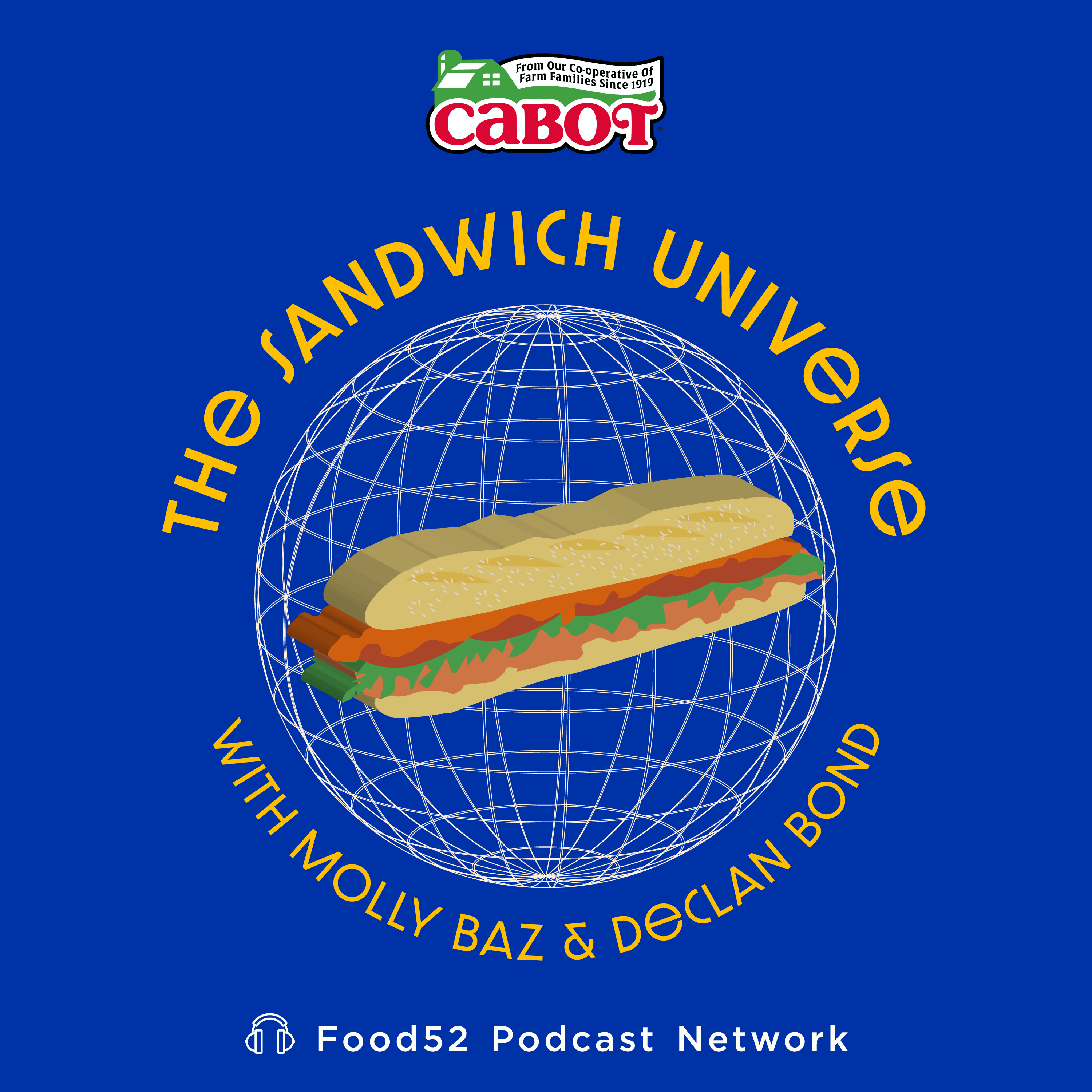In Chaat, just released in October, Maneet Chauhan and Jody Eddy take you all over India. The cookbook is divided into four sections: The North, The West, The South, The East. Which means you can travel from Amritsar to Mumbai to Chennai to Kolkata—all by reading and cooking and never leaving your house.
In the excerpt below, Chauhan speaks to the vast, vibrant range of chaat in Indian markets, train stations, and homes. Also included, three recipes from the book: Vada Pav, a dreamy potato sandwich; Panch Phoron, a five-spice blend; and Khaman Dhokla, a super-popular street snack. Which will you make first?
Chaat are typically snacks or small meals that are tangy and sweet, fiery and crunchy, savory and sour all in one topsy-turvy bite. Some iconic chaat include Bhel Puri, Puchkas, and Aloo Chaat. In much the same way that Indians have mastered other aspects of their cuisine, chaat embody the perfect balance of texture, aroma, and color. Chaat often include a main element, such as idli or puffed rice (as in bhel puri), that is served with a variety of other ingredients such as chutneys, yogurt, and chaat masala, resulting in layered flavors, textures, colors, and aromas. So, for example, idli is a recipe that on its own is not a chaat, but when it’s combined with the other elements such as tamarind chutney and raita, is transformed into a chaat. Chaat can be pungent one moment and refreshing the next, followed by a flash of heat tempered by a jolt of sweetness that lingers just long enough to cool everything down and make you crave another spoonful. A chaat might be crunchy, silky, and toothsome within a single bite. It might taste like mint one moment, chile the next, and then roasted potatoes just before it all gives way to the lingering flavor of tamarind.
Some chaat are finished in a bite or two, some are served with a fork, and some could constitute an entire meal. When chaat are brought indoors and served in a modern home or restaurant, they become the shareable plates that are so popular today and can easily comprise a lunch or a dinner. A table filled with chaat also allows diners to experience a wide variety of dishes before moving onto the next. And the next. And the next.
Chaat are also typically made of fresh, healthy ingredients. There is the occasional indulgent one dripping with ghee or sticky with sugar syrup, but most chaat include ingredients like spices, herbs, vegetables, fruit, and legumes that Indians brilliantly transform into dishes that don’t weigh you down and conjure cravings long after the last lentil fritter has been eaten and the final spiced starfruit slice has been swallowed. Chaat often appeal to vegetarians because many are free of animal proteins. Indians have mastered vegetarianism over the course of centuries, and India is one of the few nations in the world where vegetarian options are celebrated rather than perceived as an afterthought.
Chaat are also relatively inexpensive, usually comprising only a few easily sourced ingredients that are luxurious only once prepared and combined in a masterful way. Much like train travel, chaat in India is a great equalizer, accessible to virtually anyone.
Chaat are fun to prepare with children or a group of friends because most items can be made ahead of time, placed in separate bowls, and assembled as desired. It’s almost as much fun to create a chaat as it is to eat it. (Almost!) Chaat easily impress cheeky guests and tend to please finicky eaters. Children love them because they are a joy to eat, and their approachable flavors are appealing to young palates. Chaats are also great for a convivial family night and, depending upon the chaat selection, can be a sensuous option for date night. But solo diners should not shy away from chaat, because they are still a fun dinner when only one person is seated at the table.
Jody and I wrote this book because we strongly believe that chaat is a relatively underappreciated cuisine in most parts of the world outside of India. I opened my Nashville-based restaurant Chaatable in 2018 in order to introduce visitors and locals alike to the magic of chaat, and the reception has been overwhelmingly positive. We hope this book will inspire even more people to introduce the concept into their cooking repertoire.
I’ve been eating chaat since I was able to swallow food, but Jody was new to the chaat game when we made our first visit to India over a decade ago. During that first trip (which inspired in Jody a lifelong obsession with Indian travel and cuisine), we kept a running tally of the chaat we consumed throughout our journey. We counted over six hundred dishes by the time we were on the plane home! For me, the trip was an opportunity to experience one of the aspects of India I love most. For Jody, it was an eye-opening, awe-inspiring culinary adventure that left an indelible mark, and is the reason we are writing this book together. It’s time that all of those who are unaware of the endless virtues of chaat have the same revelation that Jody did so many years ago.

Join The Sandwich Universe co-hosts (and longtime BFFs) Molly Baz and Declan Bond as they dive deep into beloved, iconic sandwiches.
Listen Now








See what other Food52 readers are saying.